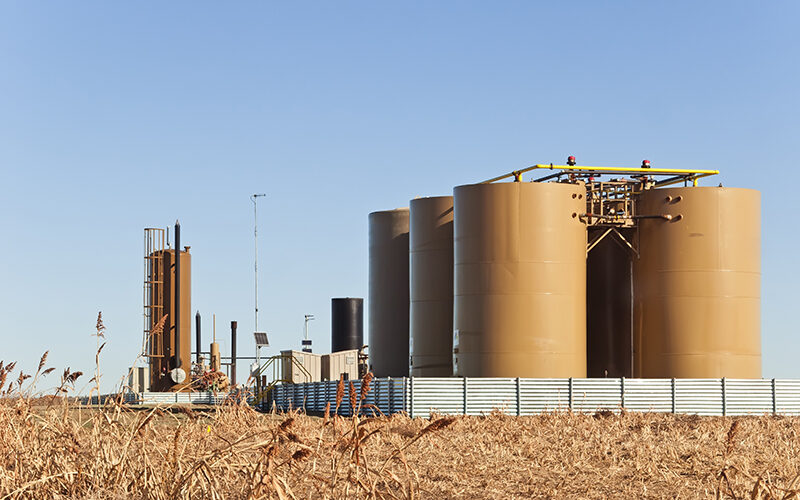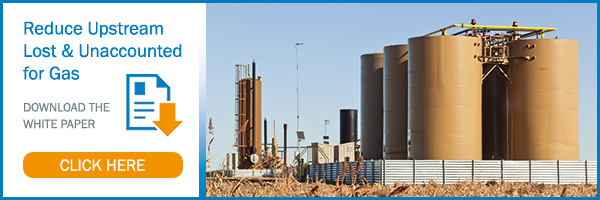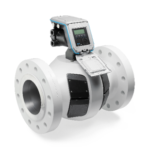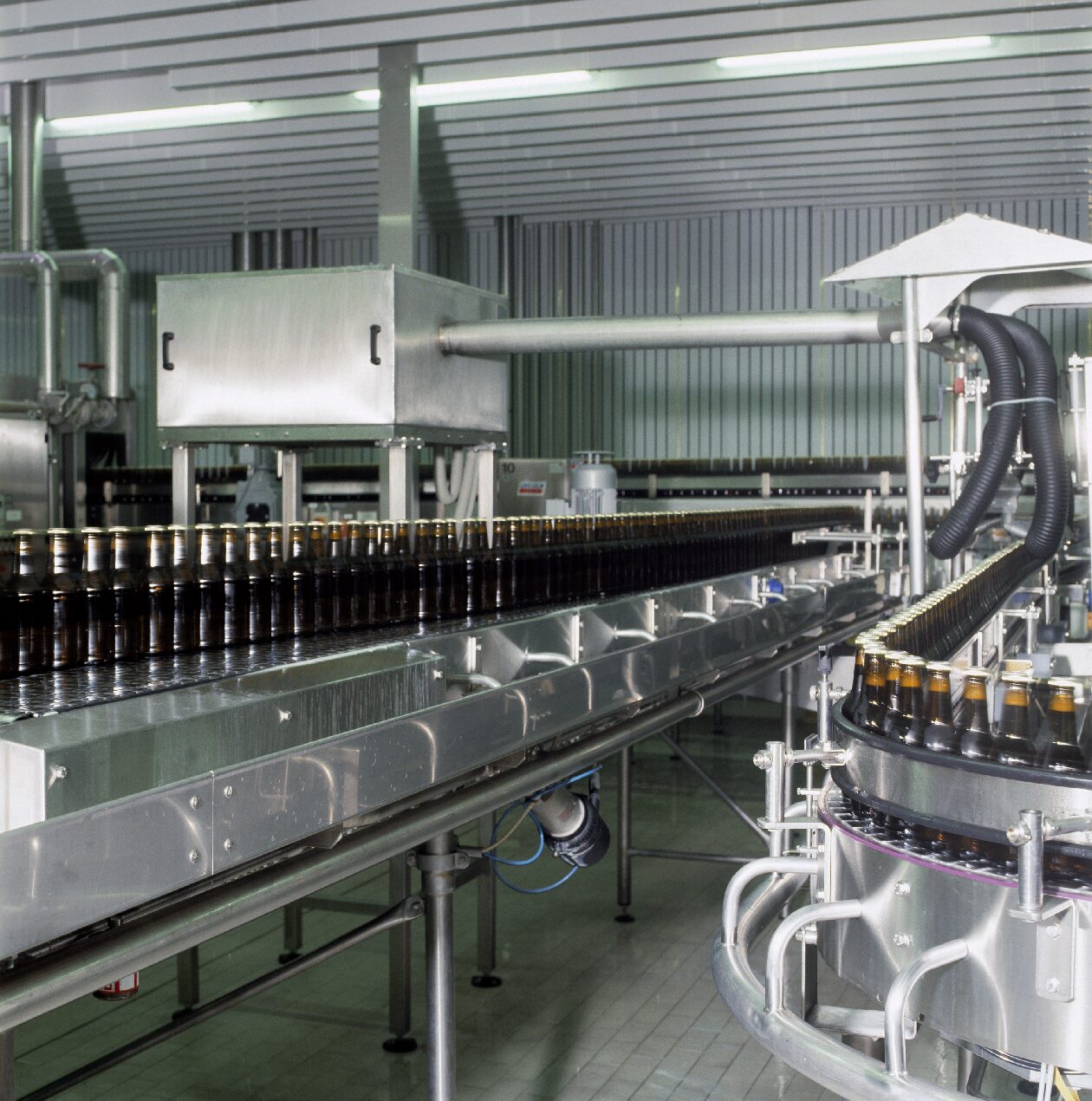Eliminate Over- and Under-Measurement of Gas with SICK's FLOWSIC600 DRU
It could be argued that every molecule of gas being consumed currently has, at some point, been measured by an ultrasonic meter. In the early 2000s, ultrasonic gas meters began replacing mechanical meters as the primary gas measurement device for pipeline transmission applications in both custody transfer and system balancing.
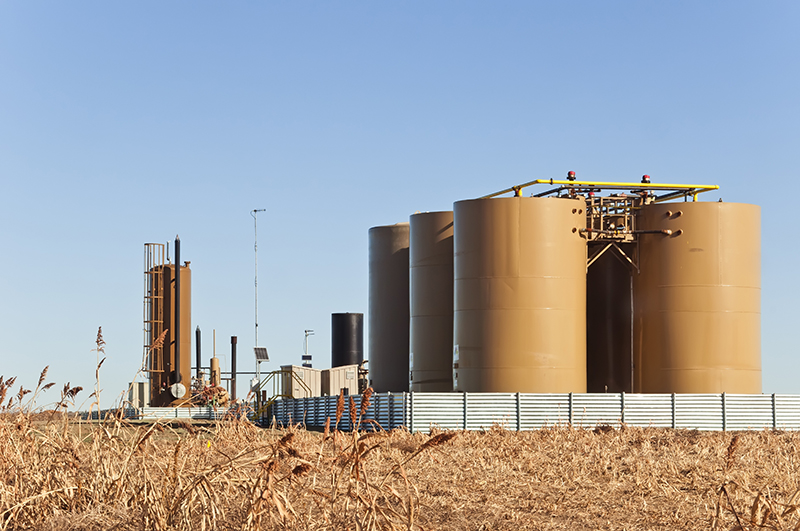
Storage tanks and treater for separating water from crude or condensate from natural gas in central Colorado, USA.; Shutterstock ID 89151280; Purchase_Order: 0; Job: 0
Accurate gas measurement is critical for both the producers and sellers, as midstream gathering companies charge transportation fees for every Million British Thermal Unit (mmbtu) of gas delivered. Over measurement results in the sellers being overcharged for gas they didn’t need. Under measuring results in producers losing money when some of the gas in the line is delivered free of charge. The ultrasonic gas meter has become the undisputed choice for high volume measurement to help eliminate this problem.
SICK has delivered accurate and reliable ultrasonic gas flow meters to the market for years with our FLOWSIC600-XT and its predecessor, FLOWSIC600 Classic. Ultrasonic gas meters from SICK provide many advantages, including lowering overall lost and unaccounted for levels, lowering measurement maintenance, and lowering environmental exposure.
And now, with the release of the FLOWSIC600 Differential Replacement Unit (DRU), the upstream gas market can upgrade their existing orifice measurement devices to the new FLOWSIC600 DRU. The DRU provides reliable and accurate gas measurement, greatly reducing or even eliminating over- and under-measurement situations.
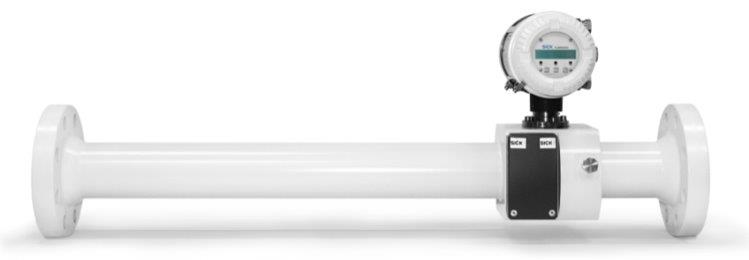
FLOWSIC DRU
By installing these meters, the resulting revenue, decreased OpEx, and in some circumstances, decreased CapEx, can create positive results to an operation’s bottom line.
![]() Download the whitepaper to learn more about the difference that one company saw with the DRU after transitioning from a traditional orifice measurement.
Download the whitepaper to learn more about the difference that one company saw with the DRU after transitioning from a traditional orifice measurement.


